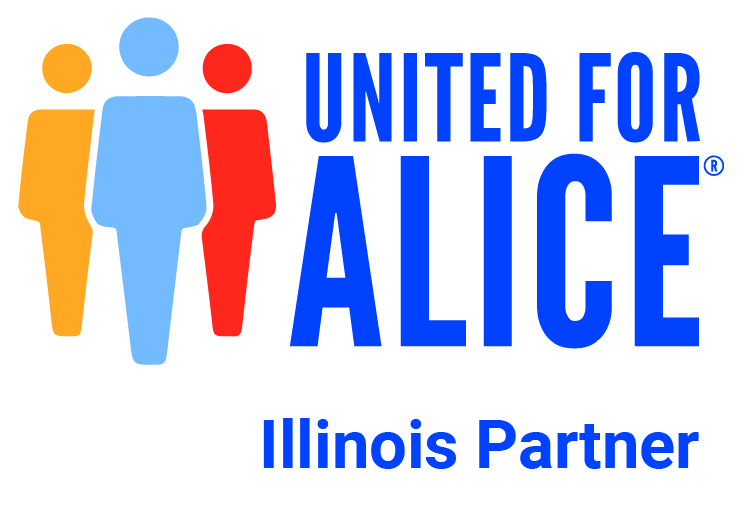
More than one-third of households in Kankakee and Iroquois Counties struggle to afford the basic necessities of housing, child care, food, technology, healthcare, and transportation.
ALICE, an acronym for Asset Limited, Income Constrained, Employed represents a population that is oftentimes overlooked. ALICE represents the growing number of those who rank above the Federal Poverty Line (FPL), but are unable to afford the basic necessities of housing, food, child care, health care, technology, and transportation.
represents a population that is oftentimes overlooked. ALICE represents the growing number of those who rank above the Federal Poverty Line (FPL), but are unable to afford the basic necessities of housing, food, child care, health care, technology, and transportation.
In 2021, 1,797,662 Illinois households (36%) had income below the ALICE Threshold, meaning that they were unable to afford even the most basic budget. Yet since ALICE households earn above the Federal Poverty Level, they were not eligible for assistance.
Seniors are a high-risk group in terms of both health and finances.
54% of seniors living in Iroquois County and 55% of seniors living in Kankakee County have an income below the ALICE Threshold. This around 6% higher than the overall state of Illinois average for senior households.
Explore additional reports at unitedforalice.org
How To Help
ALICE workers - our home health aides, our child care workers - GIVE us the flexibility to go to work and the peace of mind to focus on our jobs while our family members and youngest children are in safe, capable hands. Give back to ALICE and support United Way's work to improve financial stability for our neighbors.
